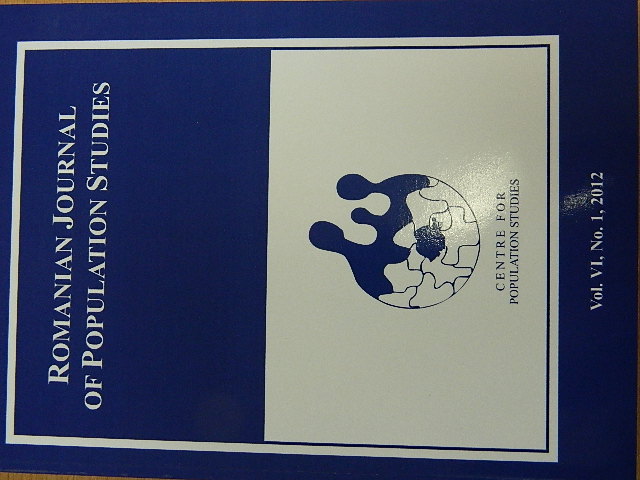Child Mortality in Bucureşti During the First Years of the 19th Century
Child Mortality in Bucureşti During the First Years of the 19th Century
Author(s): Șarolta SolcanSubject(s): History
Published by: Centrul de Studiere a Populaţiei
Keywords: Romania; Bucureşti; 19th Century; Child mortality; plague; Caragea
Summary/Abstract: At the beginning of the 19th Century, Bucureşti was a city in which modernity met old cultural traditions. Everyday life was shaken by several convulsions, each with an impact upon the demographic situation: the war of 1806-1812, the economic crisis of 1810-1812 and one of the worst epidemics, “Caragea’s plague” (1813-1814). In these conditions, the health of children in Bucureşti was often in danger – a fact noted by contemporary observers. Among these observers, a most remarkable personality was the physician Constantin Caracaş, author of the “Topography of Wallachia”. Caracaş estimated that the child mortality was very high. Using the work of Caracaş and other documents, we analyze this claim, relying on qualitative data, because quantitative data are missing. Bucureşti was a city with stark social contrasts between elites and ordinary or even marginalized city dwellers. Elite children had better opportunities. The children of ordinary town dwellers were subjected to more risks: at birth, because of ignorant midwives and later because of the life in small houses and bad food. The children of nannies, prostitutes, the abandoned infants faced even greater risks. The destiny of the children from Bucureşti, at the beginning of the 19th Century, had the mark of social and economic gaps. During infancy, it was also under the sign of the traditionalism and ignorance of their parents. There were, however, elements of convergence in the destiny of both groups. They had their roots in the traditionalism of uneducated mothers from the elite. Thus infant mortality was as pressing a problem for elite families as it was for ordinary families. The analysis of the available data, the mentalities and the historical circumstances leads to the conclusion that doctor Caracaş’s claim is plausible.
Journal: Romanian Journal of Population Studies
- Issue Year: 6/2012
- Issue No: 1
- Page Range: 123-139
- Page Count: 16
- Language: English
- Content File-PDF

